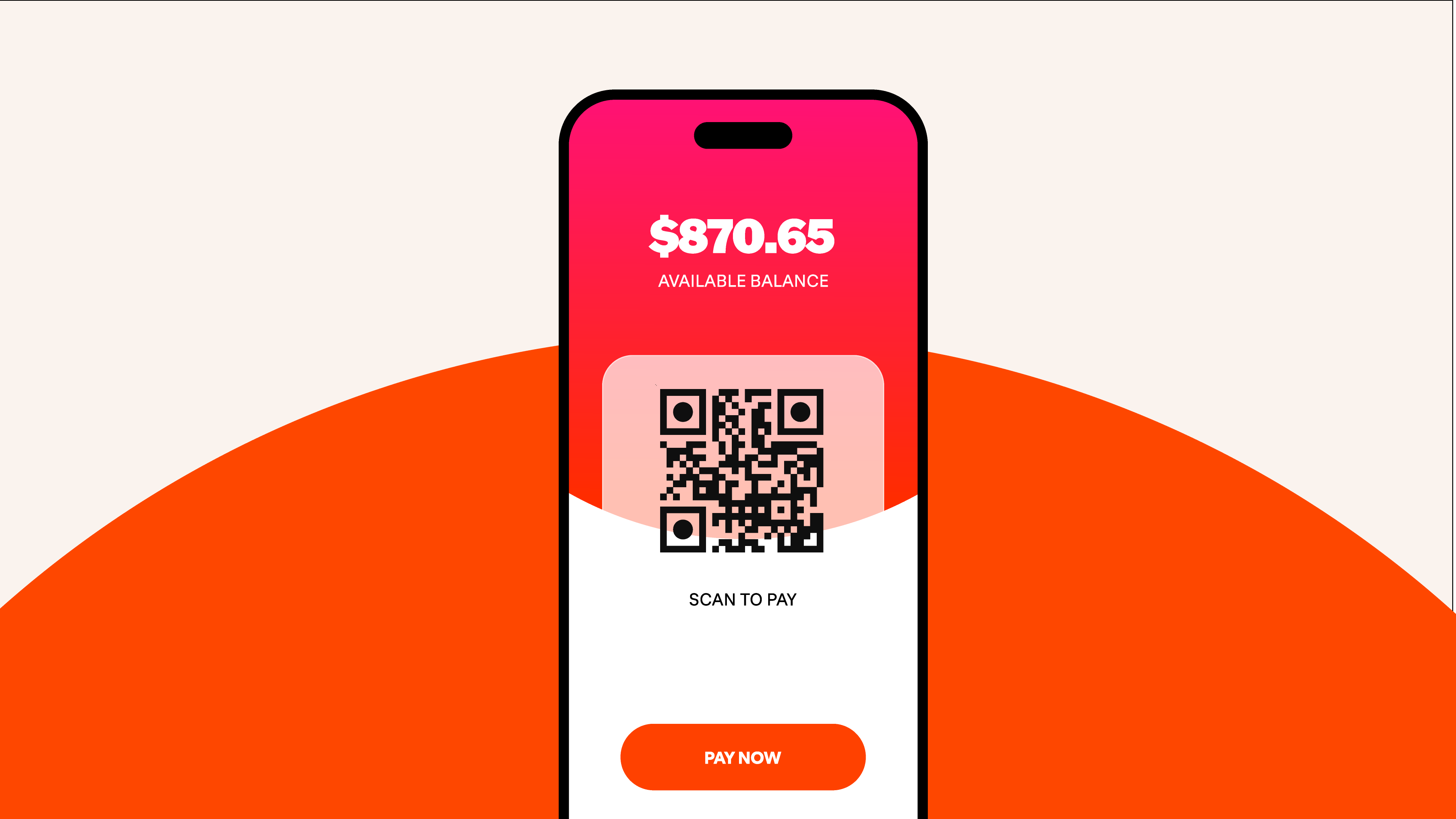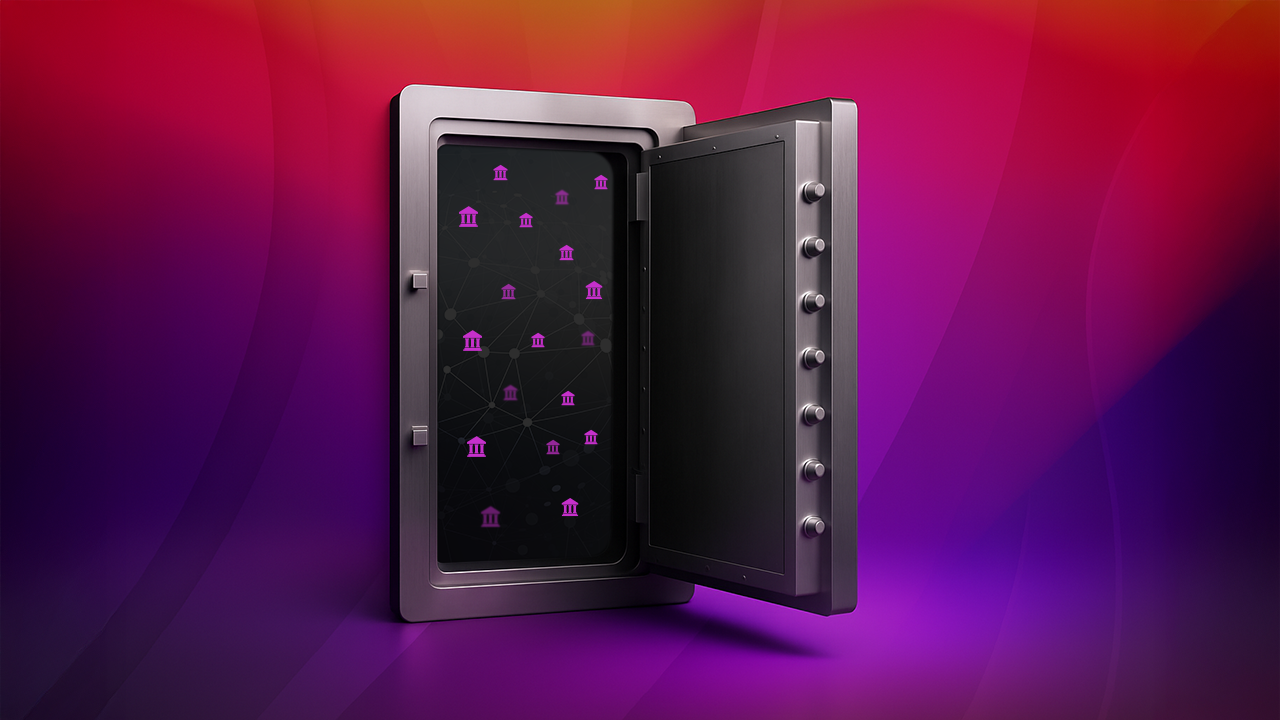.png)
From contactless checkouts to QR code scans, the options for making payments are multiplying. While credit and debit cards still dominate in much of the Western world, consumers in many regions across Asia, Africa, and Latin America are bypassing traditional payment methods and moving directly to mobile wallets and A2A payments.
More than a provincial quirk, this phenomenon is a sign of broader behavioral change. For merchants looking to expand into new markets, it's a signal of where the future of payments lies. Indeed, with global mobile wallet usage expected to exceed 5.2 billion users by 2026, according to Juniper Research, its time as an emerging trend is coming to a close.
Mobile wallet usage is becoming the norm.
What is a mobile wallet (and how is it different from a digital wallet)?
‘Mobile wallet’, ‘digital wallet’, and ‘e-wallet’ are often used interchangeably, but there are subtle differences worth noting.
Mobile wallet
It typically refers to an app stored on a mobile device that allows users to make electronic transactions. Apple Pay, Google Wallet, and Samsung Pay are examples of global mobile wallets.
Digital wallet
It can exist on any device (not just mobile) and may store more than payment credentials, often including ID cards, boarding passes, or loyalty cards.
E-wallet
More commonly used in emerging markets to describe stored value apps that are linked to mobile phone numbers, such as GCash in the Philippines or M-Pesa in Kenya. They allow users to pre-load money in advance of making a purchase.
In practice, most users (and even many merchants) treat the terms synonymously. However, it is crucial to understand the differences if the intention is to build lucrative payment strategies across regions.
How do mobile wallets work?
Mobile wallets store payment credentials tied to mobile numbers, stored value balances, or direct account links (tokens). These tokens play a security role to facilitate transactions without putting users’ information at risk. This process is called tokenisation. Mobile wallet payments can be completed via:
- Near-field communication (NFC): Like tapping a phone on a reader
- QR codes: Common in Asia for peer-to-peer and merchant payments
- App-to-app integrations: Where the wallet handles the payment without requiring a terminal.
The payment process typically includes a biometric step, such as fingerprint or facial recognition, which adds a powerful layer of security to the transaction and provides reassurance to the user.
For consumers, mobile wallets offer a fast, secure, and convenient payment experience. For merchants, they offer reduced fraud risk, improved conversion rates, and higher local acceptance rates, especially in regions where cards have never achieved dominance.
Types of digital wallets
Digital wallets fall into a few broad categories:
- Closed wallets: Only work within the ecosystem of the provider (e.g., Amazon Pay)
- Semi-closed wallets: Work with select partners or merchants (e.g., Paytm)
- Open wallets: Interoperable across merchants and even banks (e.g., Apple Pay)
- Stored value wallets: Pre-loaded with funds via cash or similar
- Bank-linked wallets: Connected directly to a user’s bank account
To integrate effective payment systems that deliver an effortless checkout experience, merchants must understand the prevalent wallet types in their target markets and how these wallets function. Boku has local experts to help merchants pinpoint the best local mobile wallet for their business needs.
Local vs. international: the mobile wallet ecosystem
In emerging markets, local wallets rule. While PayPal and Apple Pay are globally recognized, they’re far from universal. Consumers in Southeast Asia, for example, overwhelmingly prefer wallets like ShopeePay, GoPay, and Touch ‘n Go (TNG). In Africa, M-Pesa is more trusted than most international brands. In Latin America, Mercado Pago, Nequi, and Daviplata lead the charge.
Although this degree of fragmentation creates challenges for global merchants, it also opens up considerable opportunities for those who get it right. According to Deloitte’s 2024 ‘Beyond Payments’ report, the Asia Pacific region accounts for nearly two-thirds of global digital wallet spend at US$9.8 trillion annually, while the Juniper Research report predicts usage in the Philippines, Thailand and Vietnam to reach near 75% population reach by 2026.
Why mobile wallets matter more than ever
As fraud concerns grow and more payment options emerge, mobile wallets become a viable, secure, and increasingly attractive option. Many mobile wallets embed real-time fraud monitoring, dynamic verification, and biometric security, making them less susceptible to account takeovers and chargebacks.
Mobile wallets also enable merchants to reach previously untapped customer segments, particularly in countries where card penetration is low or bank account access is limited. Wallets linked to mobile numbers, such as e-wallets in Africa and Southeast Asia, have become critical tools for financial inclusion.
More than just a payment method, mobile wallets are evolving into comprehensive financial ecosystems in their own right. By offering features like bill payments, savings products, and microloans within a single app, they deepen consumer loyalty. They also enhance merchant performance by increasing conversions and boosting customer retention.
Boku’s role in enabling mobile wallet acceptance
Boku is uniquely positioned to help global merchants accept mobile wallets across Asia, Africa, Europe, and Latin America. Our platform doesn’t rely on traditional card rails. Instead, we partner directly with local payment methods, including mobile wallets, direct carrier billing, and A2A payments.
Our suite of additional services, which range from fraud monitoring and enhancing transaction success rates to reducing checkout friction and fine-tuning wallet integrations, makes launching and scaling mobile wallet acceptance easy.
With Boku, you benefit from:
- Unified access to hundreds of local wallets through a single integration
- Compliance with local regulations and consumer protection laws
- Performance updates and fraud insights to boost conversions
Conclusions: The time to act is now
Mobile wallets are already the preferred payment method in many high-growth markets, making your understanding of local wallet ecosystems vital to building trust and maximizing conversions.
With the future of payments moving towards mobile, local, and wallet-driven payments, visionary businesses cannot allow outdated infrastructure to hold their ambitions back. The time has arrived for merchants to accept mobile wallets globally without needing to manage fragmented integrations.
Boku can make it happen. Get in touch to find out how.
Popular articles
No items found.
Popular articles
No items found.


.jpg)



.png)








